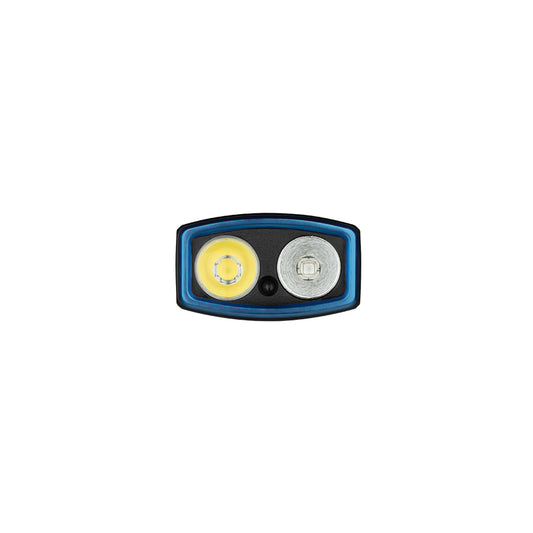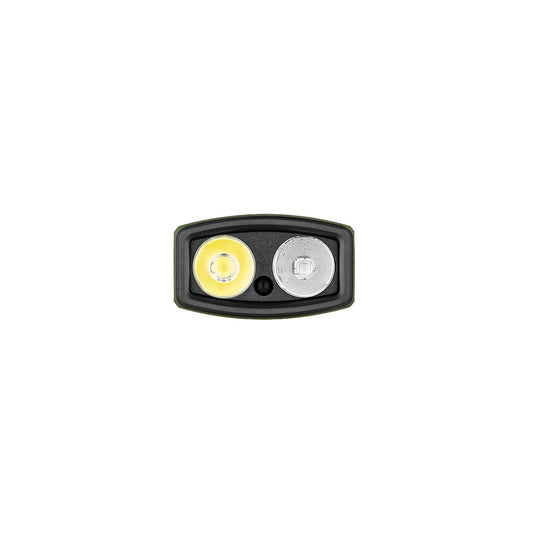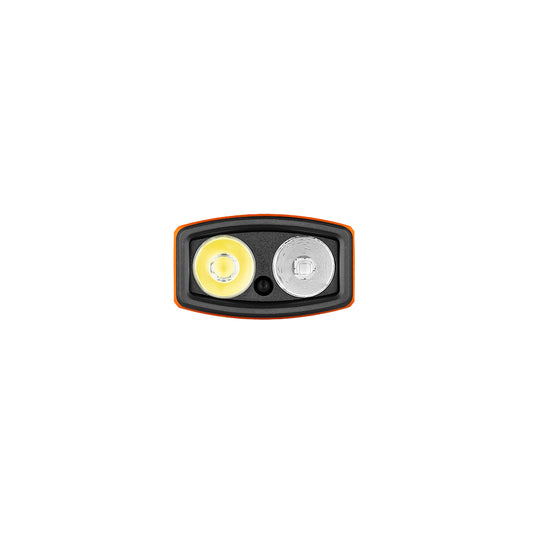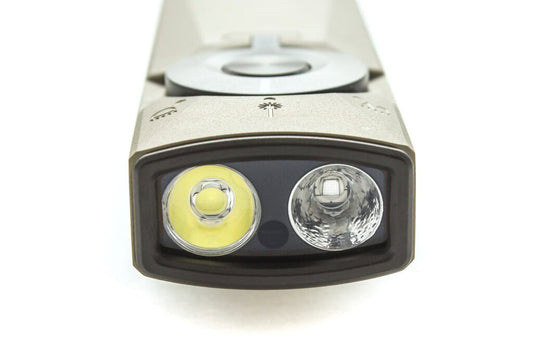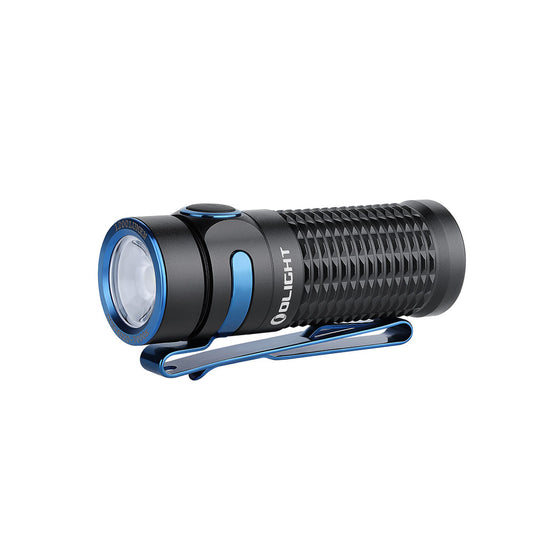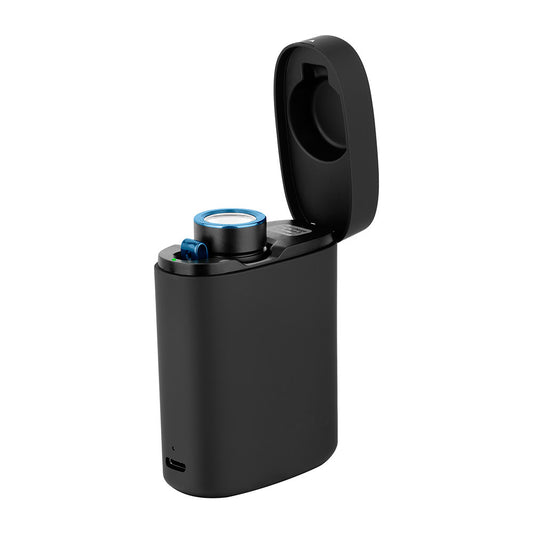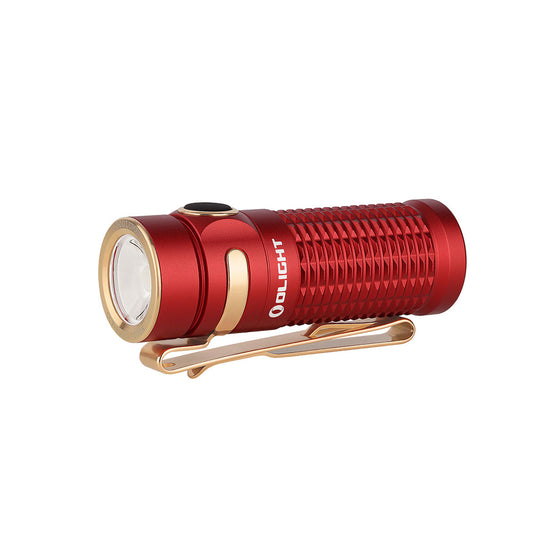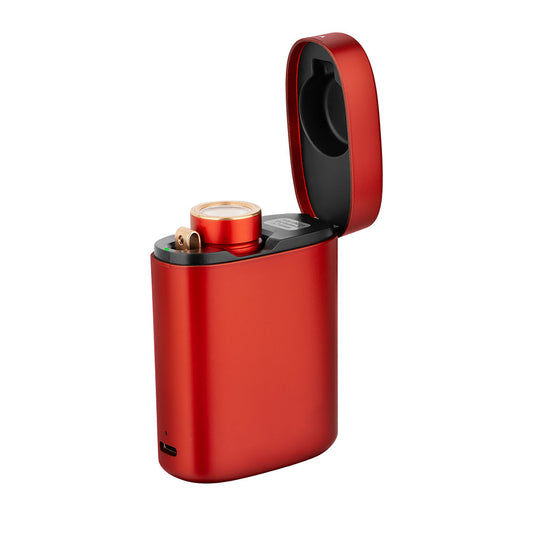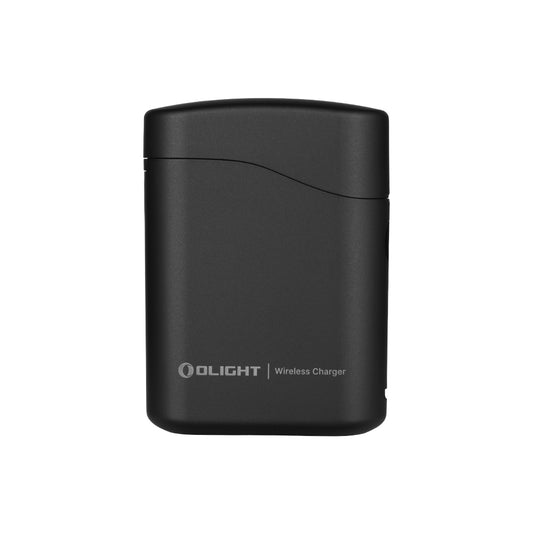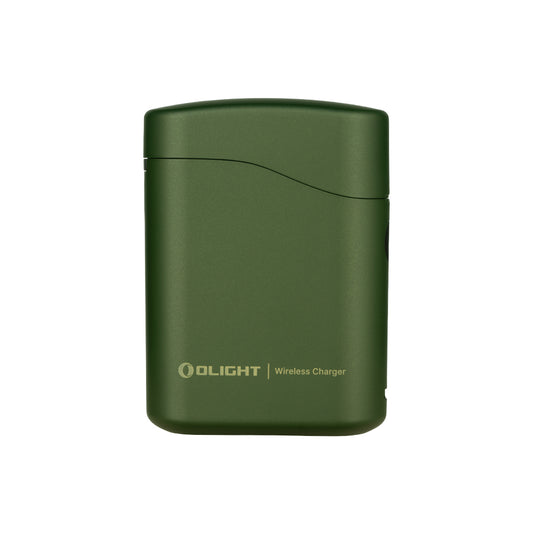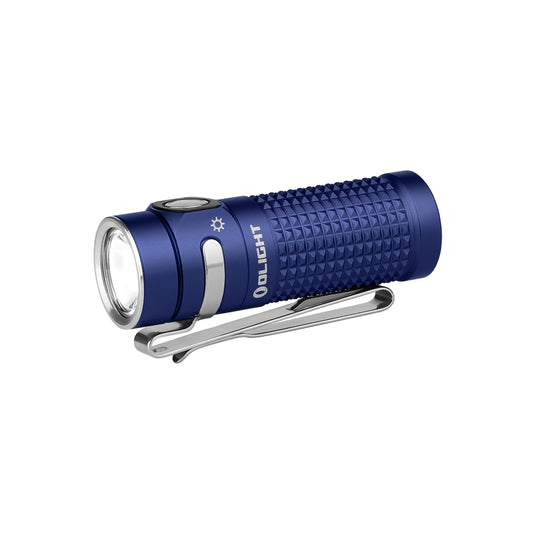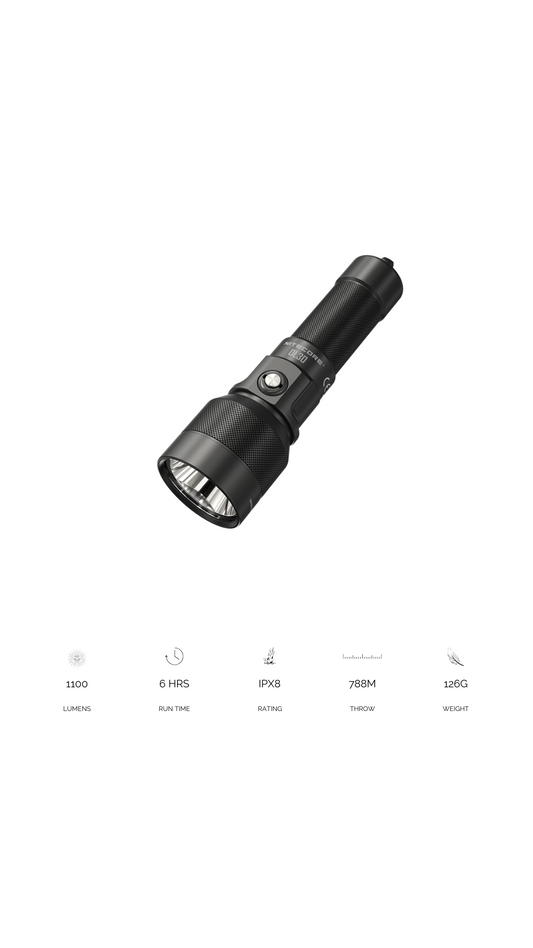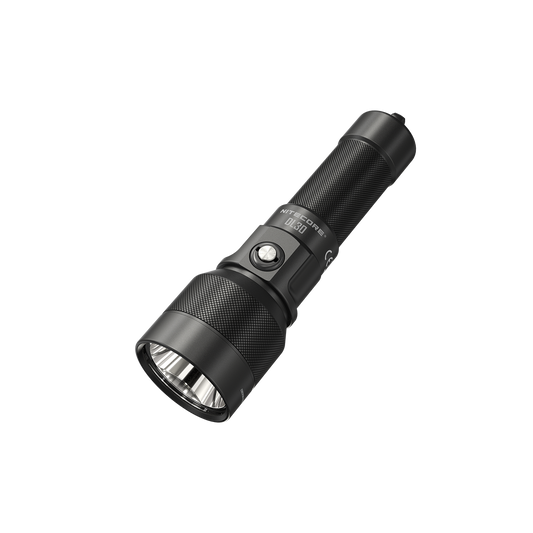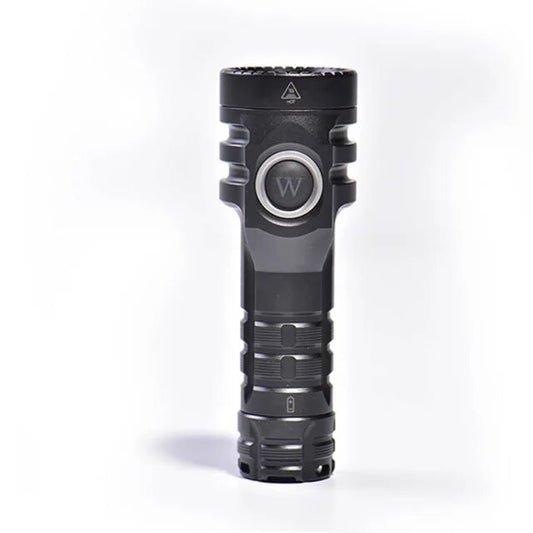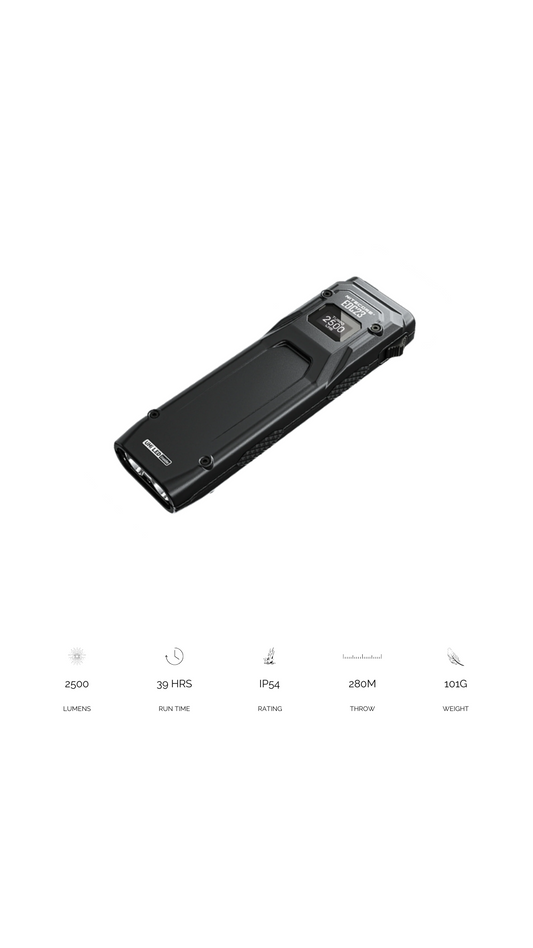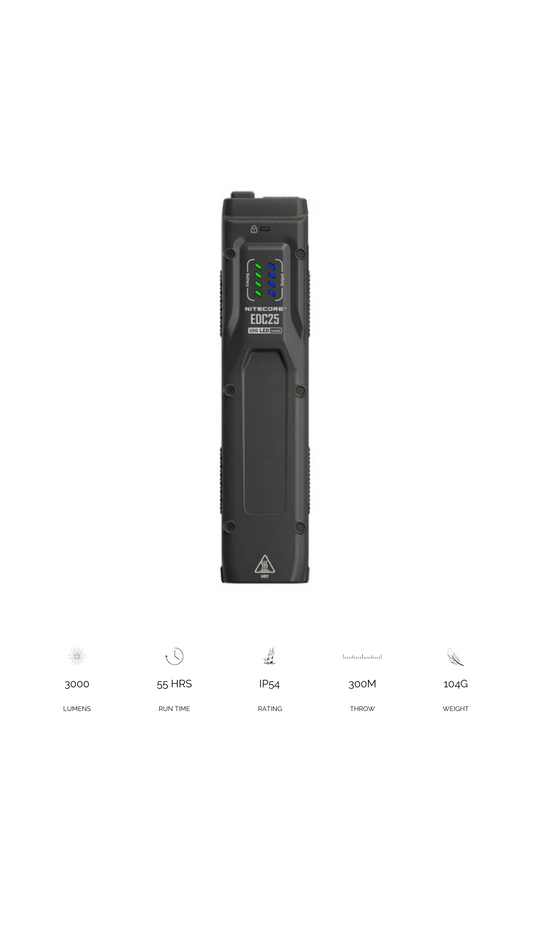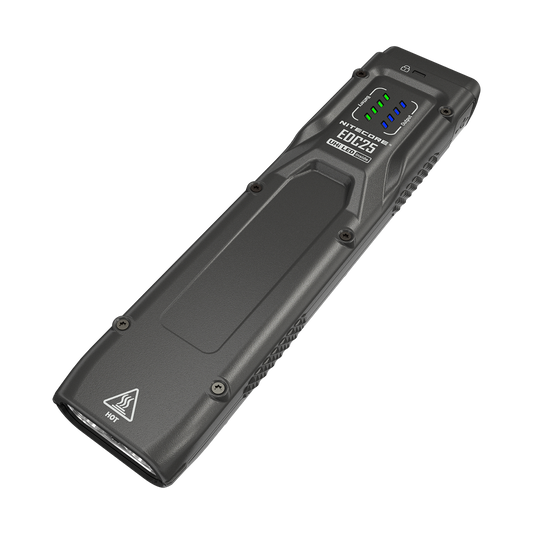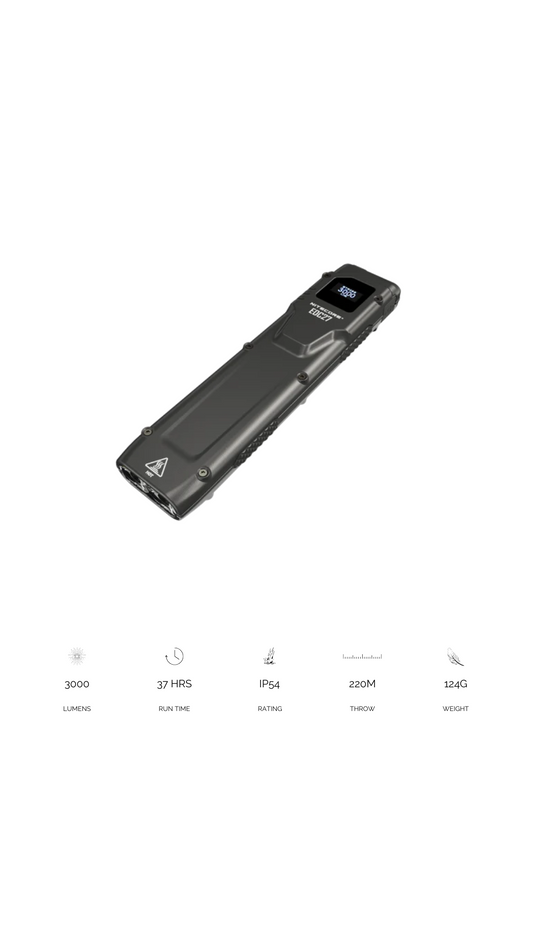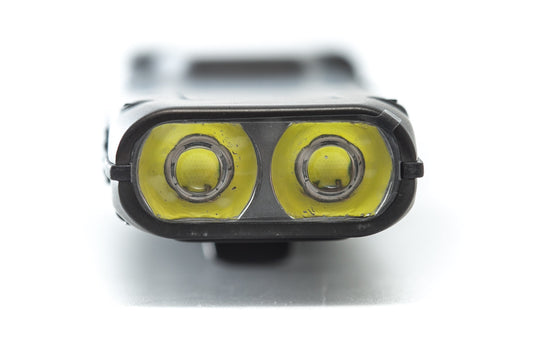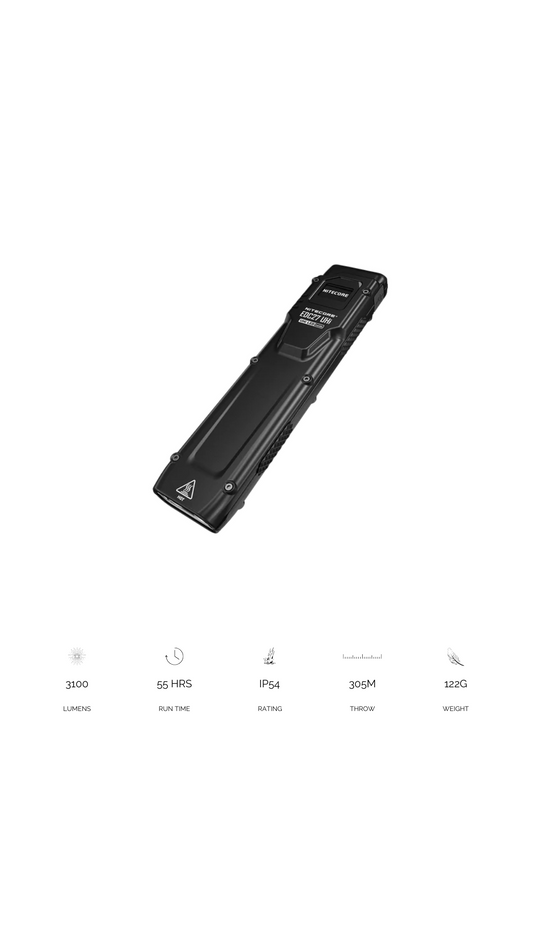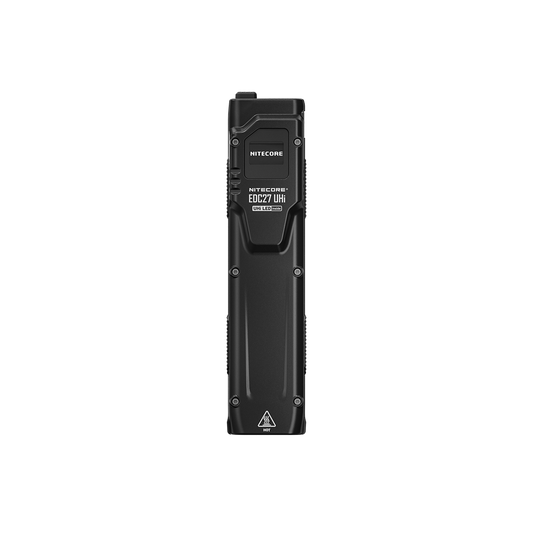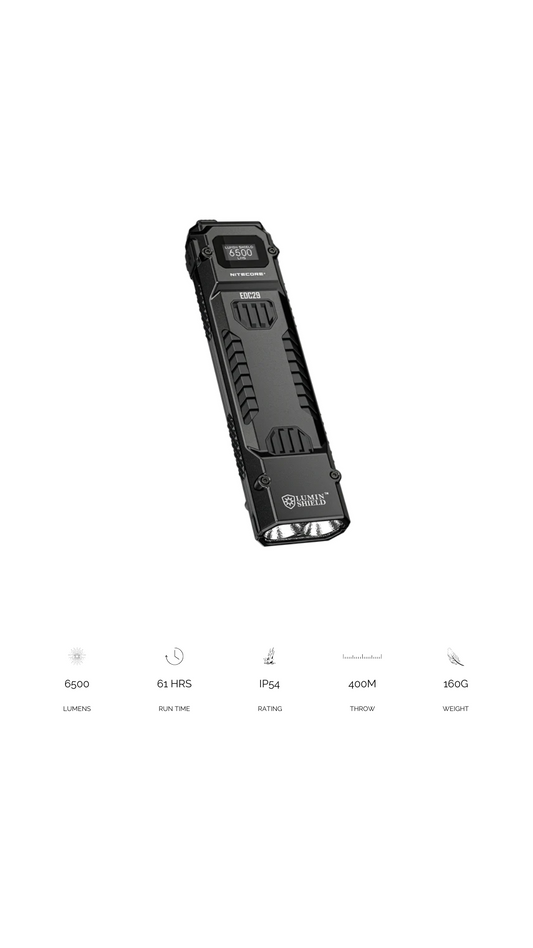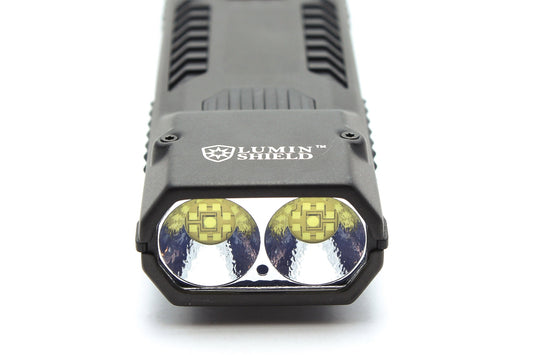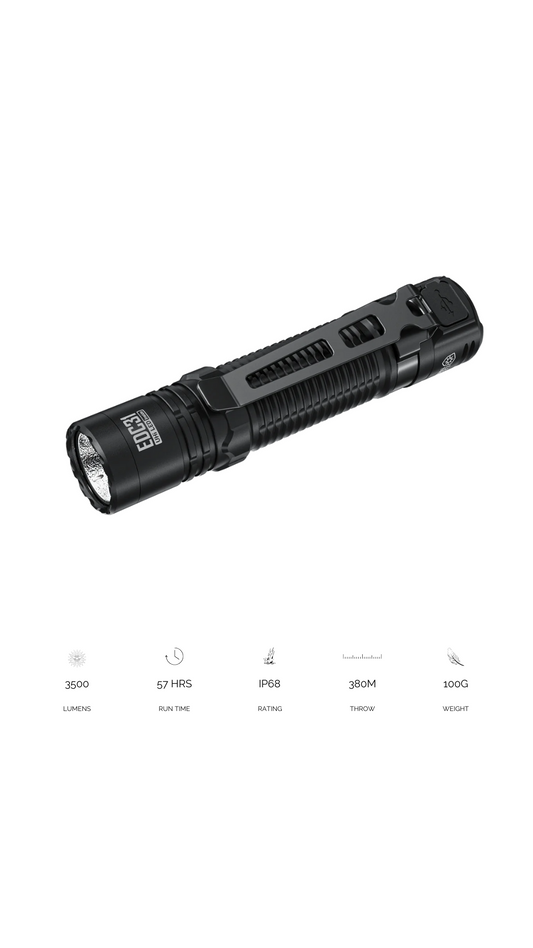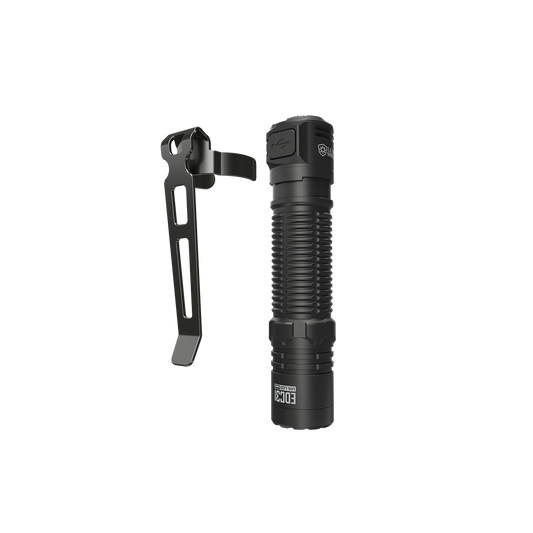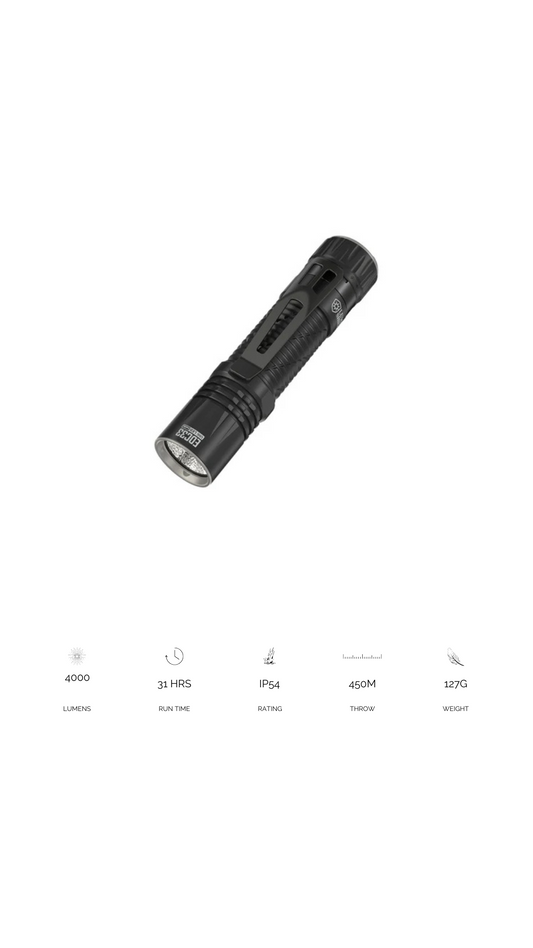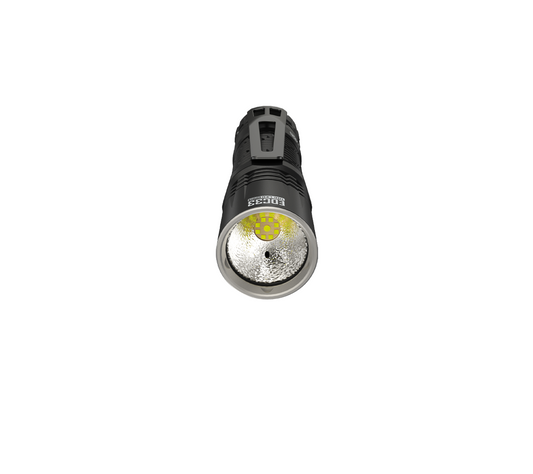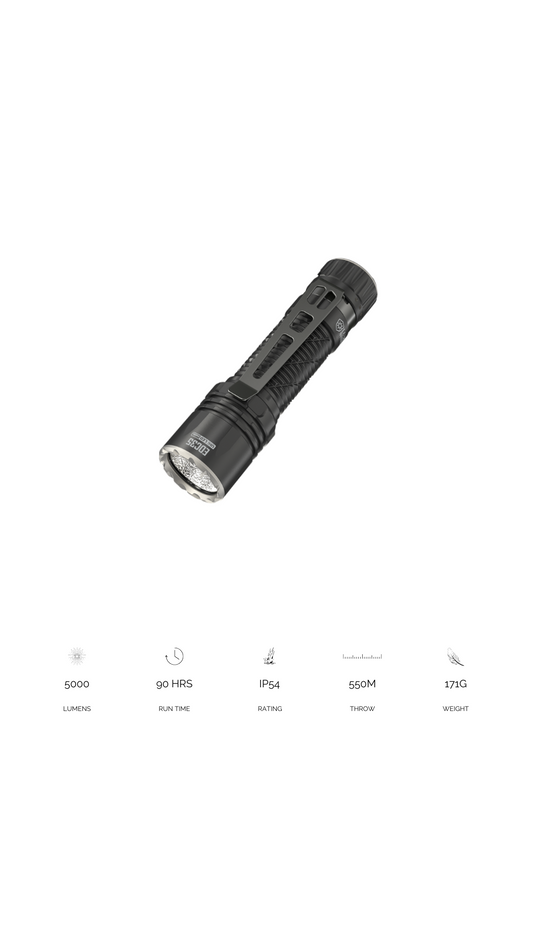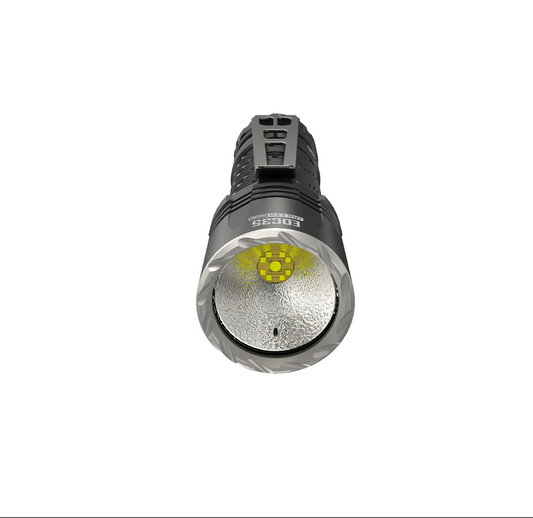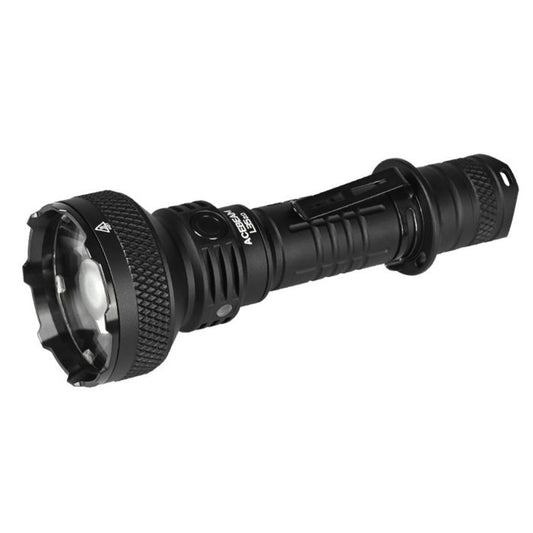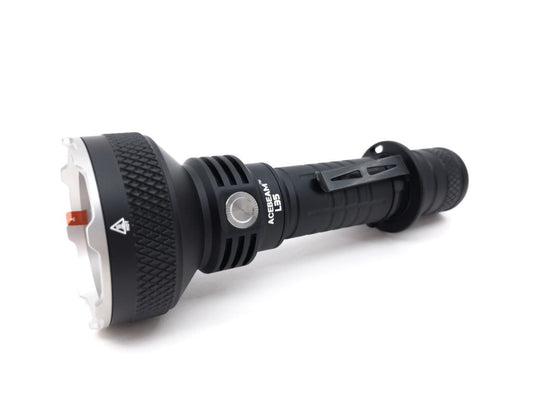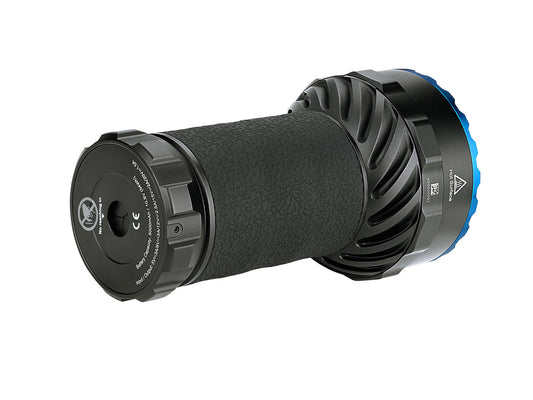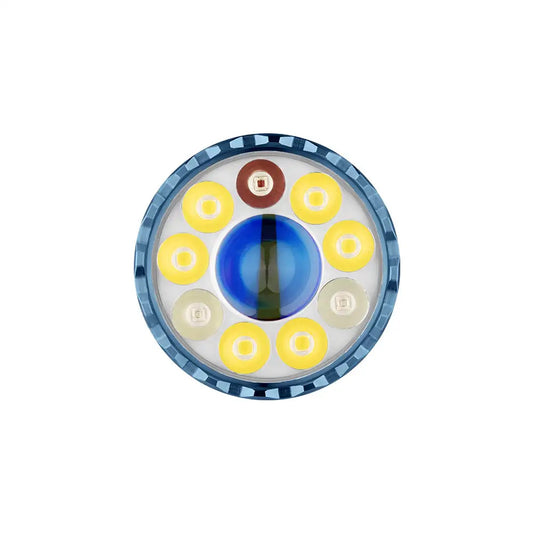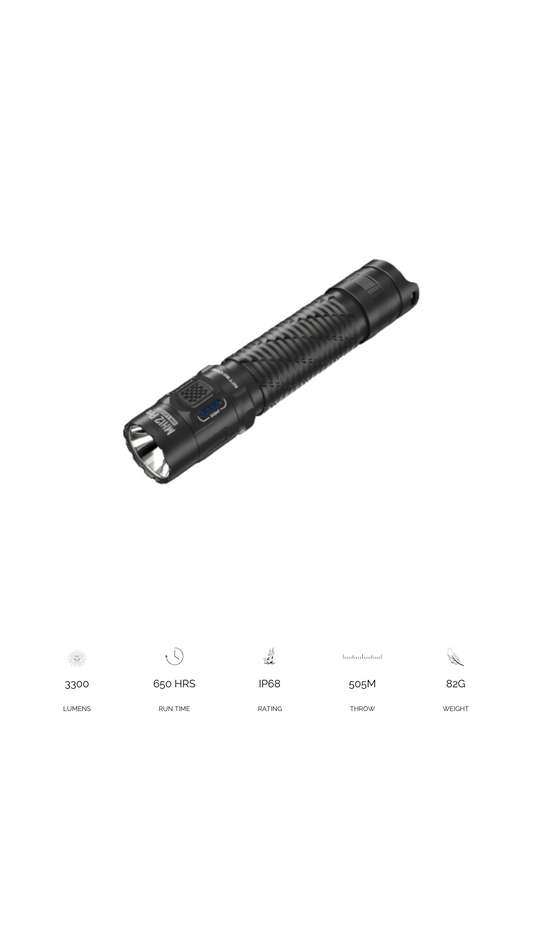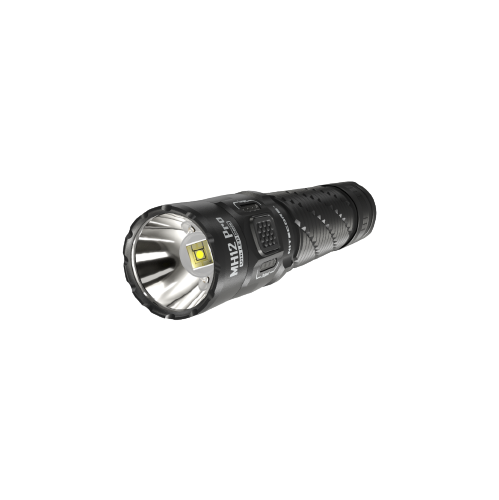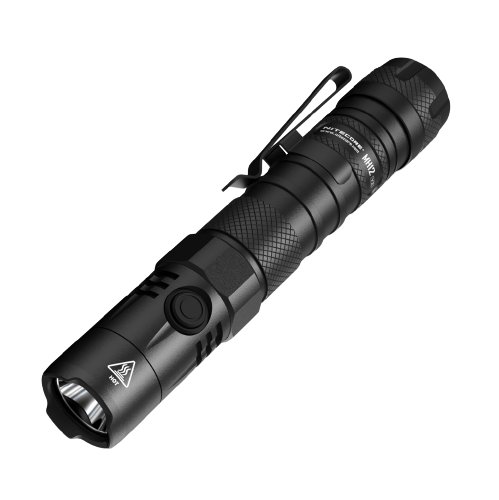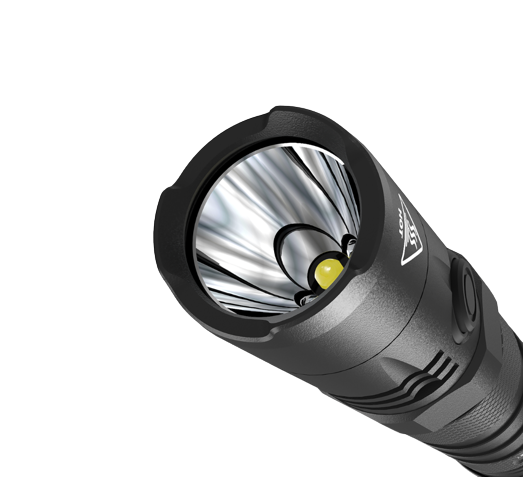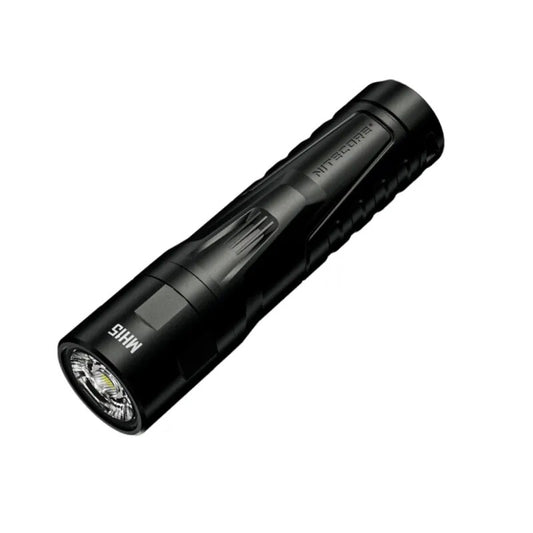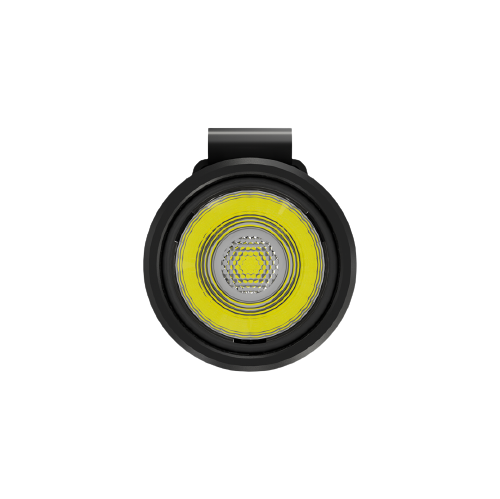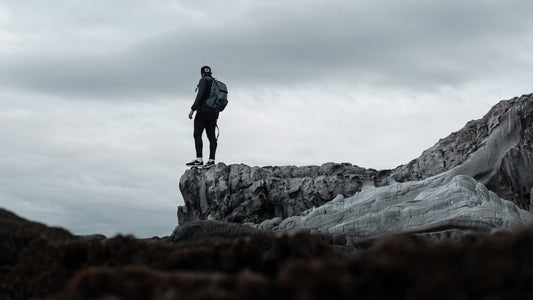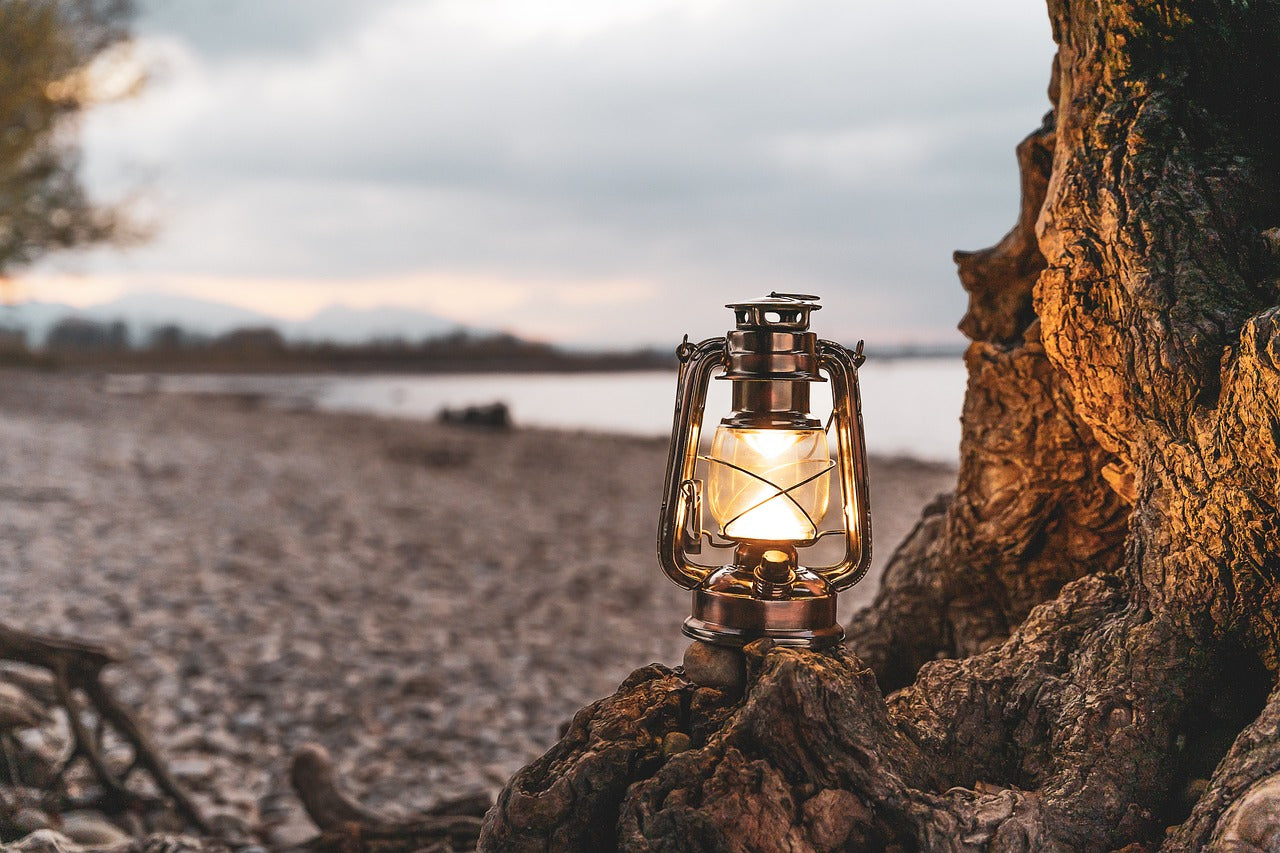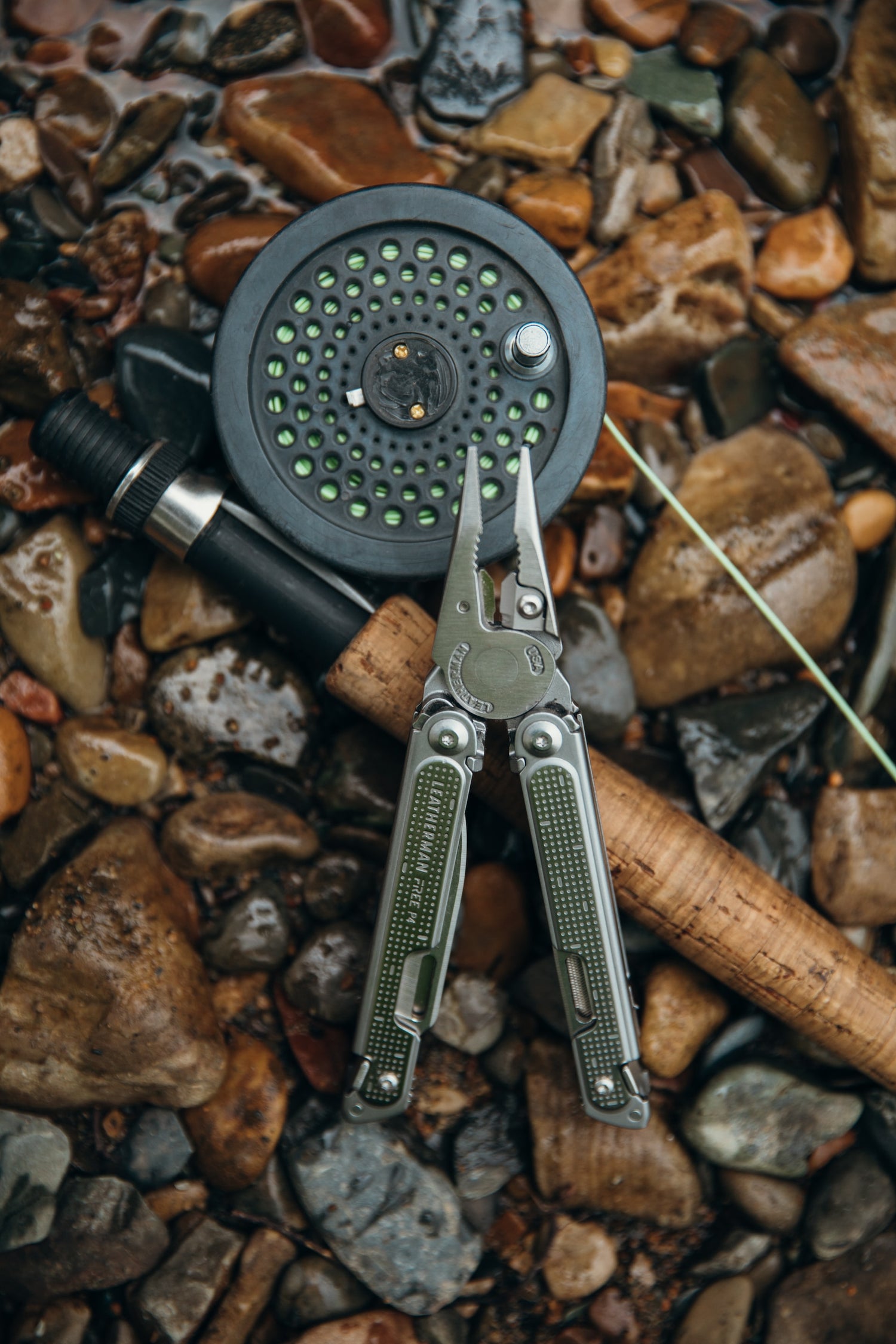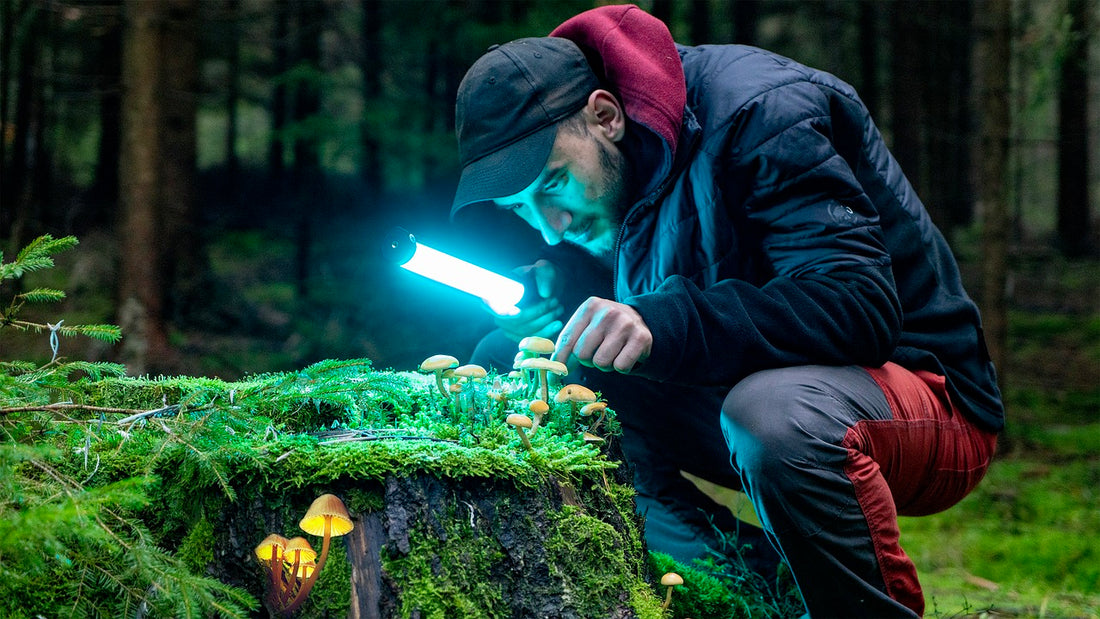
A quick and dirty guide to choosing the perfect EDC light for when the sun goes down. (Throw)
When it comes to selecting the ideal light for your EDC needs, there are several critical factors to consider.
Finding the right light can significantly impact your activities. This quick and dirty guide will walk you through the essential points to assist you in making an informed decision.
Part 2: Beam Distance / Throw:
Have you ever found yourself pondering the intriguing question of why one flashlight, rated at 1000 lumens, is capable of illuminating objects up to 250 yards away, while another seemingly identical flashlight proudly boasts a throw distance exceeding 400 yards?
If you've spent any significant amount of time exploring the realm of modern LED flashlights, you've most likely come across the terms "flood" and "throw" to delineate the characteristics of a flashlight's beam. Flood beams, as the term suggests, emit a wide-angle beam that offers an even dispersion of light, especially when compared to flashlights categorized as "throwers." On the other hand, throwers feature a beam optimized for maximal throw distance, often accompanied by a concentrated, intense hotspot of light positioned at the center of the beam profile.
Delving into the consideration of how far a flashlight can effectively illuminate, it becomes evident that a harmonious balance between flood and throw beams holds the key to optimal coverage across diverse scenarios.
Contemplate whether you seek a source of light to illuminate your immediate vicinity or whether your intention is to cast light down a dimly lit corridor. A focused beam, while enabling visibility of distant objects, might not effectively light up your immediate surroundings, thereby aiding in the preservation of your night vision. Conversely, if your aim is to illuminate your immediate surroundings, these flood lights tend to diminish in intensity as they are projected further into the nocturnal abyss.
The term "flashlight beam throw" pertains to the range over which a flashlight's beam of light can effectively extend. This metric is typically measured in meters and serves as an indicator of the distance at which the emitted light can clearly illuminate objects in darkness.
In your quest for a flashlight endowed with an impressive beam throw, several factors come into play. These include the type of bulb or LED utilized, the design of the optics, and the power source. Flashlights wielding higher lumen counts and optimized optics tend to exhibit extended beam throw capabilities.
For those in search of flashlights showcasing remarkable beam throws, it's worth exploring reputable brands such as Fenix, Olight, ThruNite, Nitecore, and Acebeam. Renowned for their craftsmanship, these brands offer an array of flashlights catering to diverse beam throw ranges, suitable for a spectrum of needs ranging from everyday usage to specific outdoor activities.
While embarking on the journey to acquire a flashlight boasting a specific beam throw, it's prudent to meticulously review the product specifications, paying heed to the listed beam distance. It's important to acknowledge that real-world performance may vary based on variables such as battery longevity and prevailing environmental conditions.
In summary, the following key takeaways are instrumental in your pursuit of the finest long throw flashlights:
- Reflector Design: The shape, size, and texture of the reflector play pivotal roles in influencing the throw.
- LED Technology: The adoption of advanced LED technology significantly contributes to enhancing a flashlight's throw.
- Lens Optics: The design and patterns on the lens are instrumental in facilitating the smooth distribution of light.
- Specific Applications: Long throw flashlights find utility in domains such as Law Enforcement, Search and Rescue, Emergency Signaling, and Land Management.
Reflecting on Reflector Design:
When a light source, whether an LED or a bulb, emits light, it radiates in all directions. This characteristic serves well when creating ambient illumination within a confined space. However, if the goal is to shape a focused "beam" of light akin to a flashlight, a mechanism is needed to collimate the light source.
Collimation, scientifically speaking, refers to the process of rendering light waves parallel. Inside a flashlight's reflector, waves of light bounce off the reflective surfaces and get channeled into a focused output. This output features a convergence of beams running parallel to each other at the center of the beam. The efficiency with which a flashlight achieves this collimation translates to the intensity and distance its beam can traverse.
A reflector's design comprises three principal components that contribute to maximizing throw:
- Shape: When examining the reflectors of long throw flashlights, such as the NITECORE P30, a consistent pattern emerges. These flashlights capitalize on the "parabolic effect." This principle exploits an elongated, parabola-shaped reflector to achieve optimal collimation. The result is a potent, focused center—characteristic of a long throw flashlight. This same principle finds application in telescopes, satellites, and recording equipment.
- Size: The diameter and dimensions of the reflector significantly influence the flashlight's throw. As a general rule, larger bezels lead to enhanced throw distances.
- Texture: The texture of a flashlight's bezel, labeled as "Smooth" or "Orange Peel," contributes to throw, although to a lesser extent compared to shape and size. For optimal throw distances, a smooth and finely polished reflector is preferred.
Embracing LED Technology:
Closely intertwined with reflector design is the technology underpinning the LED itself. The correlation between peak beam intensity ratings and throw distances is evident. Leading LED manufacturer CREE, renowned for its reliability, engineers LEDs with a specific focus on maximizing throw distance. These LEDs are denoted by the "HI" suffix in the model name, as exemplified by the CREE XP-L HI V3.
Lens Optics:
The final puzzle piece lies in the flashlight's lens. To fashion beam profiles characterized by a seamless transition of light and minimal hotspot, flashlight manufacturers often employ specialized shaping and patterning on the lens. Advertisements for flashlights featuring TIR (total internal reflector) optics highlight their efficacy for everyday carry tasks. For optimal throw distances, favor lenses exhibiting a sleek, unblemished surface.
In the quest to decipher the intricacies of flashlight beam throws and their nuanced attributes, the journey unveils a realm where reflector design, LED technology, and lens optics harmoniously converge. This synthesis culminates in the creation of long throw flashlights, capable of illuminating the far reaches of darkness with unwavering brilliance.
When is a Long Throw Flashlight Essential? Exploring its Practical Applications
In our pursuit of crafting the ultimate conditions for an exceptional thrower flashlight, it's only natural to question the real-world scenarios that warrant its usage. Beyond the undeniable allure of wielding a flashlight capable of projecting its beam across the vast expanse of several football fields, there exist specific circumstances where a long throw flashlight transforms from a luxury to an absolute necessity.
1. Law Enforcement: The significance of maintaining a safe distance while inspecting potential threats cannot be overstated. From investigating peculiar sounds to commanding a suspect's attention, the focused intensity of a long throw flashlight's hotspot emerges as an indispensable tool. Swift identification of potential dangers and asserting authority are made possible through its extensive reach.
2. Search and Rescue: Within the realm of search and rescue operations, a long throw flashlight assumes a dual role: illuminator and beacon. This multifaceted tool not only lights up distant areas for more efficient coverage but also serves as a guiding beacon for those being sought.
3. Emergency Signaling: Times of crisis demand effective means of communication, and flashlights excel as signaling tools. Many flashlights include specialized SOS and Beacon flashing modes for this purpose. The extended throw distance of these flashlights becomes crucial in scenarios where your torch transforms into an emergency beacon, significantly enhancing the likelihood of being spotted by rescuers or responders.
4. Land Management: Individuals engaged in land management activities such as ranching, farming, or residing in rural settings understand the value of a long throw flashlight with expansive coverage. These throwers enable comprehensive searches and inspections over greater distances, negating the need to approach potentially hazardous situations up close in the dark. Addressing issues like intruders or missing livestock becomes more manageable with the flashlight's extended reach.
Amidst these practical applications, it's worth highlighting one additional advantage that long-throw flashlights bring to the table: achieving higher lumen outputs often necessitates a 2x 18650 battery configuration. This arrangement not only enhances brightness but also offers ergonomic benefits. The elongated body tube provides an improved grip, potentially serving as a makeshift club if the situation demands. Moreover, the larger battery source extends runtimes, minimizing the frequency of battery replacements and recharges.
In essence, the long throw flashlight transcends its role as a mere device and evolves into an indispensable companion across diverse scenarios. From law enforcement to emergency situations, its ability to reach remarkable distances empowers individuals to navigate challenges with heightened confidence and security.
Check out our next blog post for more quick and dirty guide to choosing the best EDC flashlight for your needs.


